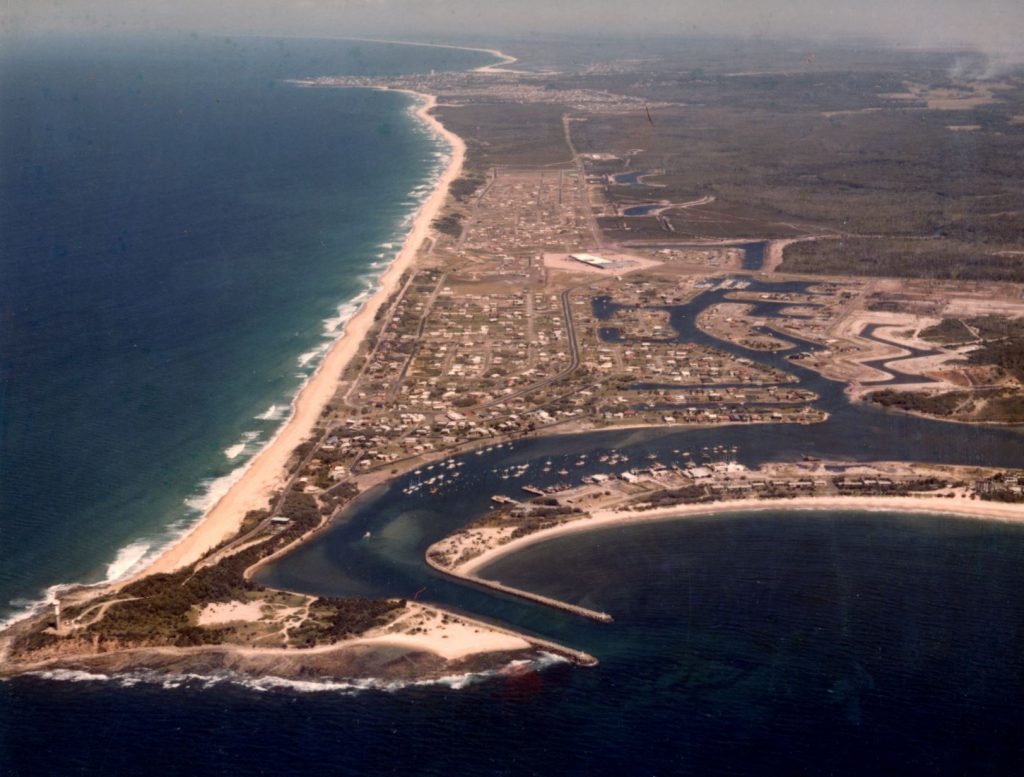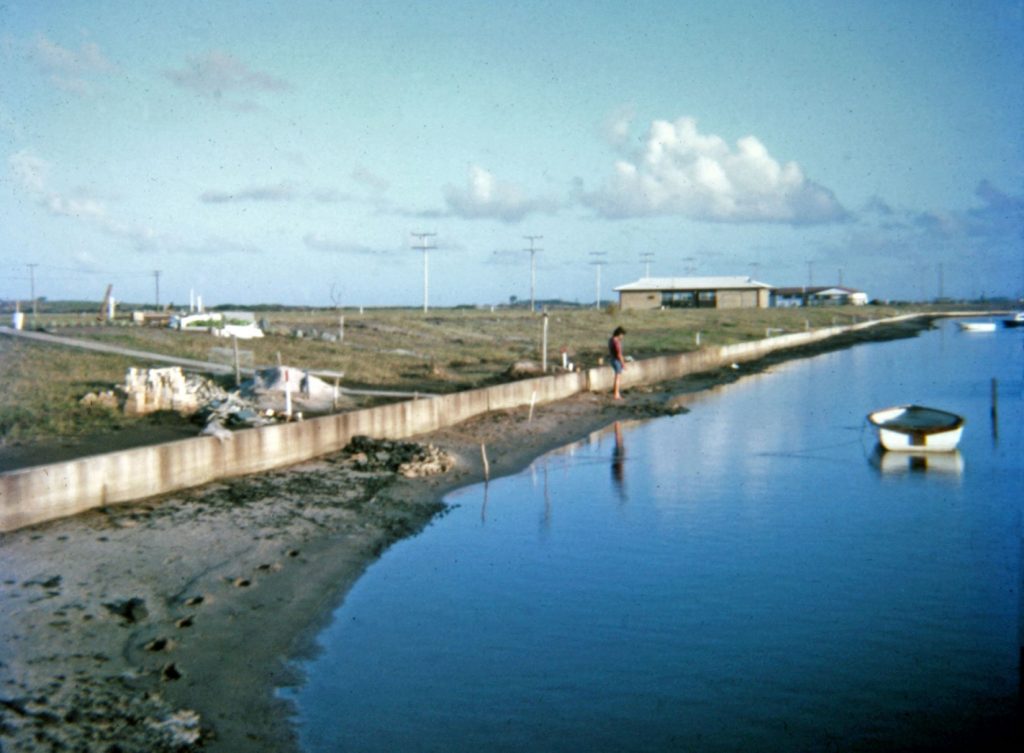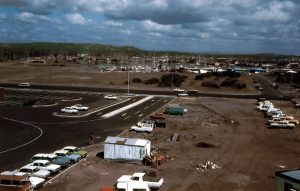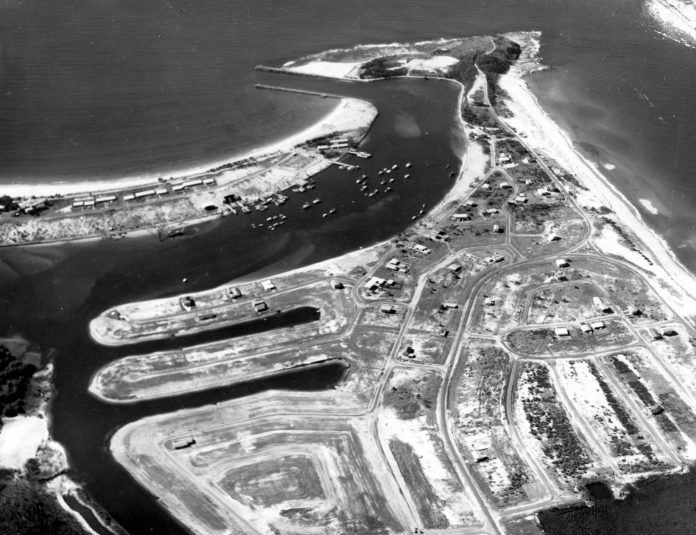In the beginning, there was wallum, ti-tree swamp and wind-blown sand dunes. Few places on the Sunshine Coast have grown up so completely in the past 50 years as Kawana Waters.
“Look kids. One day there will be houses through here,” my father said, as we bumped along the dirt road between Mooloolaba and Caloundra in his old Kombi van.
It was the dawn of the 1960s and we sincerely thought the old man had taken leave of his senses. The idea of houses being built in this remote place, with scattered wind-beaten trees and beach grass leading down to sand dunes on one side and swamp on the other, was absurd.
The road was rocky as well as full of potholes, and when the old Kombi went down with a flat tyre just on dusk, it was a family drama akin to being stuck somewhere west of the black stump.
My father of, course, was right. Half a century later, not only are there houses and grand canal estates, but also huge commercial and industrial centres – and a huge new hospital – way beyond the wildest dreams of any picnicking families of the 1960s.
By the time I was a teenager, that spot where we had picked up the flat tyre would be known as Kawana and the rocky road sealed and called the Nicklin Way.
When it was sealed in 1964, and bridges built over Currimundi Creek and the Mooloolah River, it ran like a black ribbon through a wilderness, swept by sand storms that were driven by winds unstopped by vegetation or housing.
Officially opened in 1965, it was promoted as “6½ miles of double lane bitumen between Caloundra and Mooloolaba with underground pipe drainage throughout”.

The proposal that got it all started was a subdivision put forward by the Alfred Grant development company. The company had purchased 160 acres of freehold land from Arthur and Cyril Parkyn in 1959.
Its subdivision, which it called Kawana, was approved in May 1960 and Alfred Grant advertised the sale of allotments at “Buddina Beach” from £495 and offered a 10 per cent discount for cash.
Love history? So do we. Help keep more Coast memories alive by subscribing to our free daily news feed. Go to Subscribe at the top of this story and add your name and email. It’s that simple.
The only high land was the headland at Point Cartwright, with two sand dunes and a swamp up to a metre deep keeping the ocean from breaking through to the almost 4000 acres that would become Kawana.
The canals and lakes of Kawana were not so much a lifestyle choice as an effective way to drain the swamp. Sand was dredged to create the canals and to fill the land sites.

There was a credit squeeze in the early 1960s, and the development, like the Alfred Grant development company, was floundering. Enter Noel Burns.
A young accountant with Network Finance, which in the name of Hooker Finance had put up the funds for Alfred Grant, he set about resurrecting the development and formed a subsidiary group known as Kawana Estates Pty Ltd.

Houses soon cropped up along the Nicklin Way – one with arches, one with square windows, one an L-shape but every fifth one exactly the same. These days, it is more difficult to tell that there was a pattern to their construction, as gardens and renovations have wiped out the obvious repetition in design.
And now it’s not just Kawana or Kawana Waters, but Buddina, and Birtinya and Bokarina and Warana and Wurtulla.
Neither is it a problem if you get a flat tyre. You couldn’t be better placed.
This flashback is brought to you by veteran Sunshine Coast journalist and history writer Dot Whittington, also the editor of Your Time Magazine.





